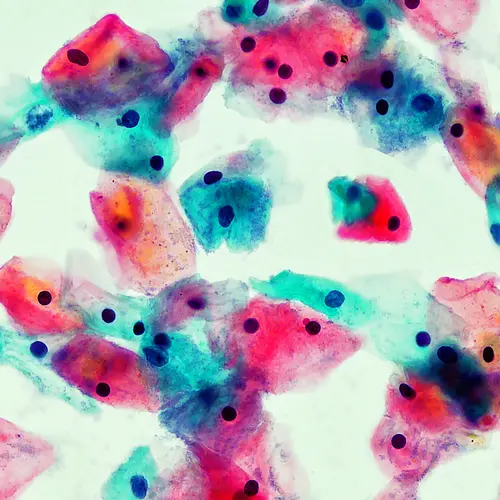When you’re diagnosed with kidney cancer, the first thing your doctor will do is try to figure out if it is only in your kidney or if it has spread to other body parts. (They’ll call this metastasized.) To do this, they’ll use a process called staging. The results tell them how serious the cancer is and help them come up with a treatment plan.
To stage your cancer, the doctor will want to know:
- How big is the tumor?
- Has the cancer moved to nearby structures, like major blood vessels?
- Has the cancer spread to the nearby lymph nodes or to distant organs?
The TNM System
Doctors start by gathering details about your cancer based on results from imaging tests (CT scan, PET scan, etc.) or a biopsy (taking a small piece of the tumor and examining it for cancer cells). The most common staging method, known as the TNM system, relies on three pieces of information:
- T is for the size of the tumor: Your doctor will note the size of the tumor in centimeters, and whether it has grown into nearby areas.
- N is for nodes: This refers to lymph nodes, which are small bean-shaped filters throughout your body that help protect you from germs. Your doctor will note whether the cancer has spread to your lymph nodes.
- M is for metastasis: That means your kidney cancer has spread, or “metastasized” to other parts of the body. It can spread anywhere, but the brain, bones, liver, and lungs are the most common places.
Staging Your Cancer
Once the doctor has this information, they can use it to find the overall stage. There are four stages of kidney cancer, from 1 to 4. (You’ll usually see it as I to IV, in Roman numerals.) The stages get more serious as the numbers go up.
Stage I: You have a cancerous growth inside your kidney that’s up to 7 centimeters across. It hasn’t spread to your lymph nodes or other organs.
Stage II: You have a tumor in your kidney that’s bigger than 7 centimeters across. It hasn’t spread to your lymph nodes or other organs.
Stage III: There are several combinations of tumor sizes and locations that could make up this stage. For example, if a tumor of any size has started to grow into a major vein (renal or vena cava, for example) or into tissue around the kidney, or has spread to nearby lymph nodes, your cancer is in stage III.
Stage IV: This is made up of different combinations, too: There are several combinations of tumor sizes and locations that could make up this stage. Cancer that has spread to any organs other than nearby lymph nodes is stage IV, no matter how small the tumor is. Stage IV cancer can also spread to other organs without affecting nearby lymph nodes. Or a stage IV tumor could push into the adrenal gland just above your kidney, or past the thin sac that contains each kidney (Gerota’s fascia).
What’s the Outlook for Kidney Cancer?
When you’re looking for information on life with kidney cancer, you’ll often see a figure called the 5-year survival rate. This number compares people with the same stage of kidney cancer to people without cancer 5 years after diagnosis. The 5-year survival rate for all types of kidney cancer combined is 77.6%. That means you’re 77.6% as likely to live at least 5 years as people who don’t have cancer. How far the cancer has spread can also affect the survival rate for kidney cancer, which is:
- 93% when the cancer is localized. That means there’s no sign of cancer outside your kidney.
- 74% when the cancer is regional, meaning it has spread to nearby areas like your lymph nodes or adrenal gland.
- 17% if the cancer is distant, which means it has spread to other body parts like your brain, bones, or lungs.
But it’s important to keep in mind that none of these numbers reflects your particular illness. Every person is unique, and a number of things -- like cancer type (renal vs transitional), specific cell type, the stage you were in at diagnosis, and your overall health -- can play a role.
Also, these numbers reflect what was happening in the past. Experts collect them every 5 years. Diagnosis and treatment continue to improve. Death rates have dropped steadily. Talk to your doctor about the best treatment for your particular type and stage of kidney cancer.

